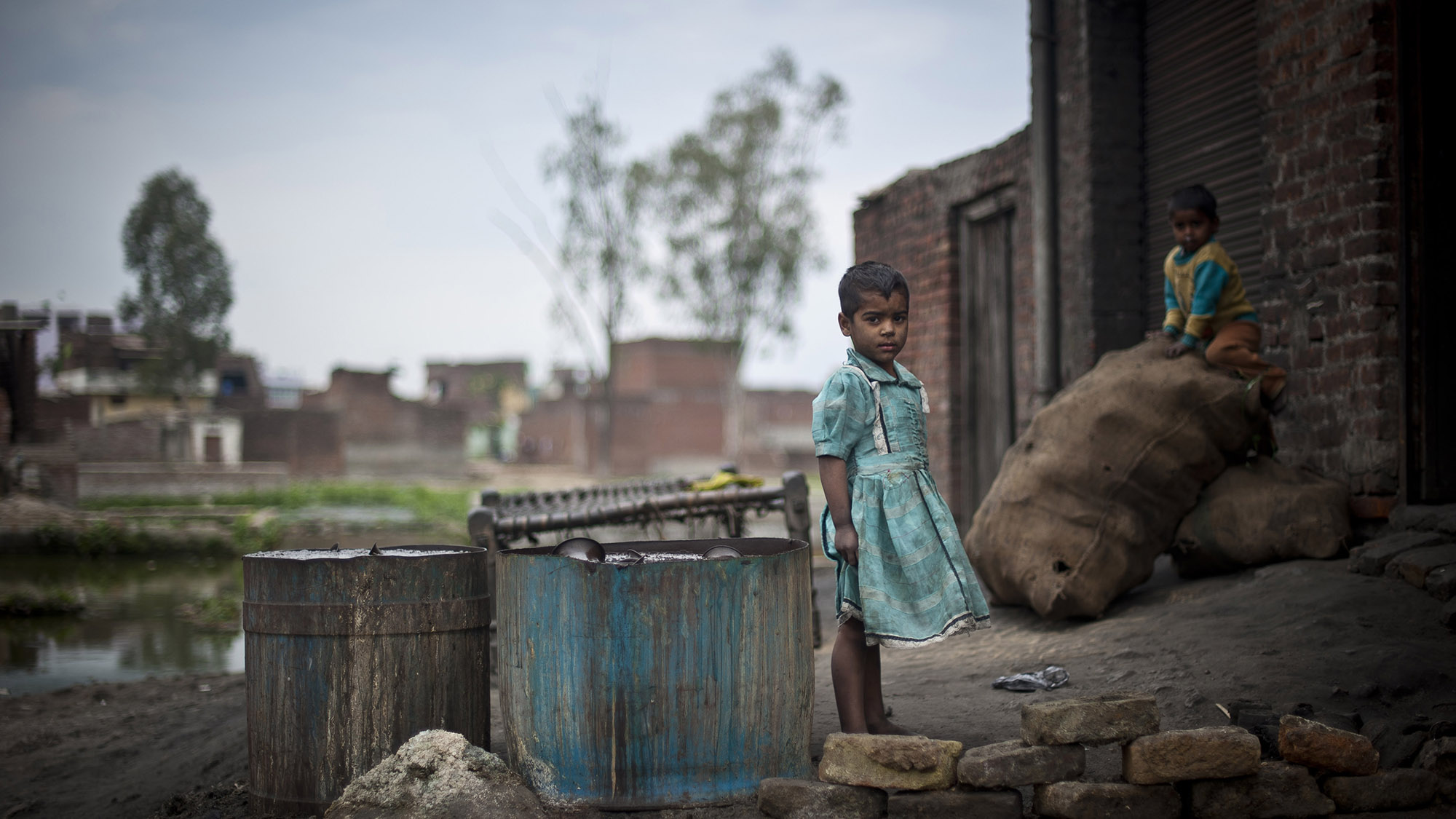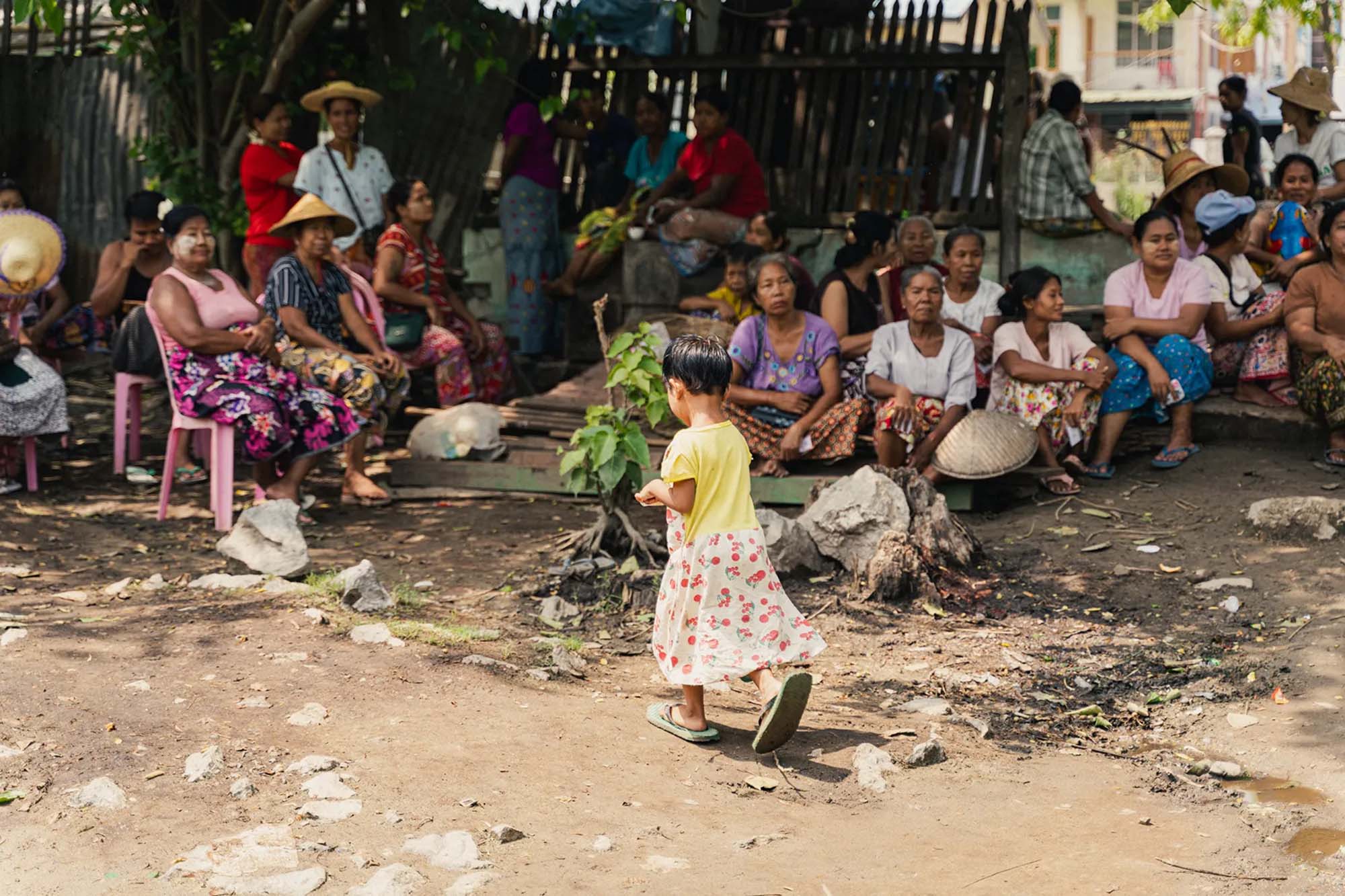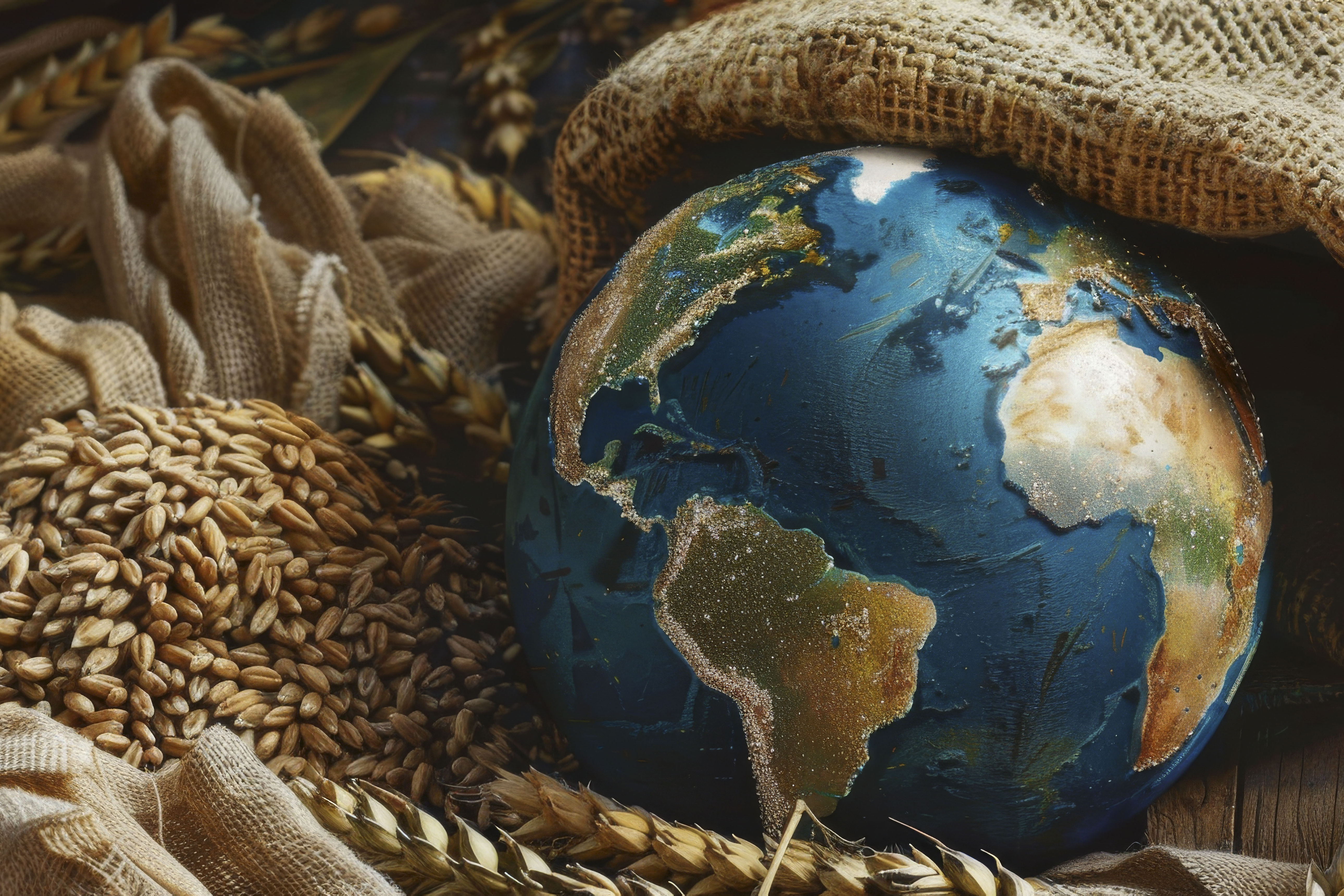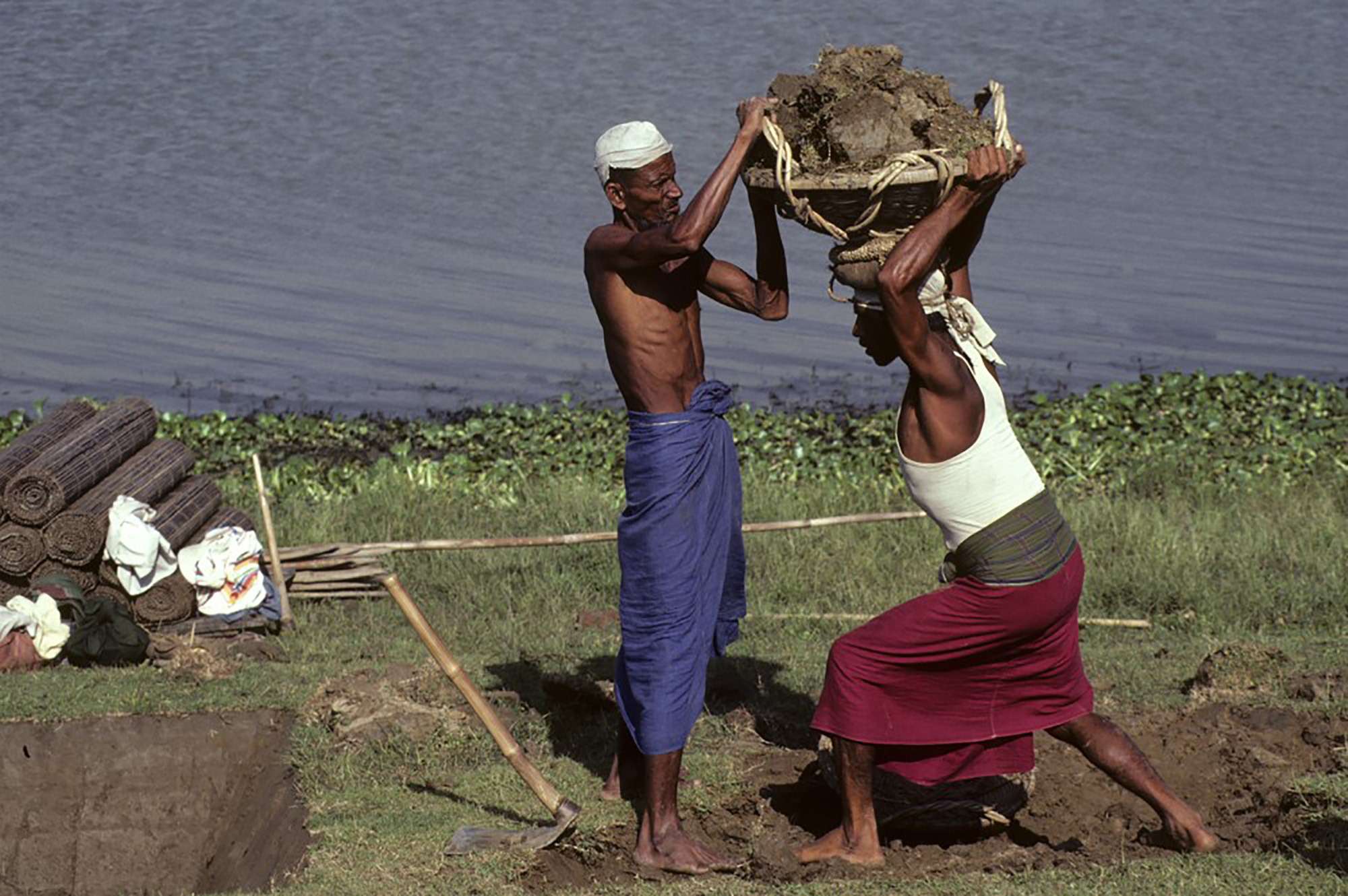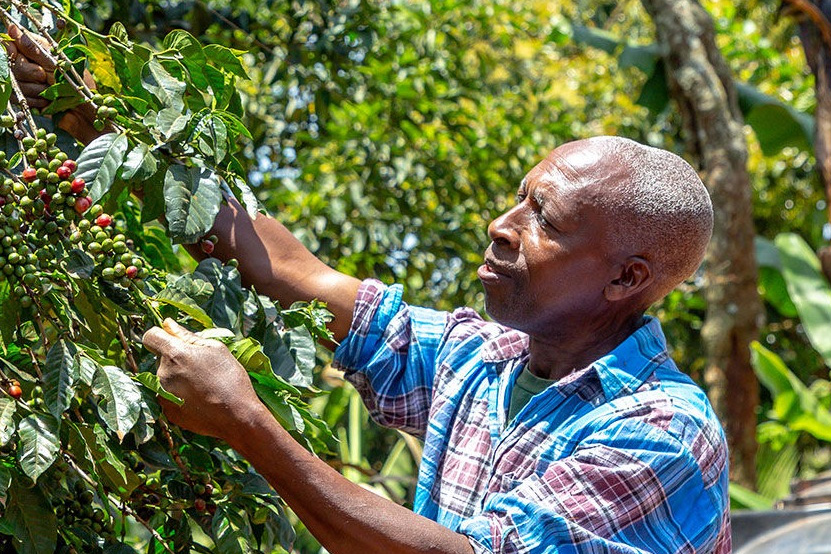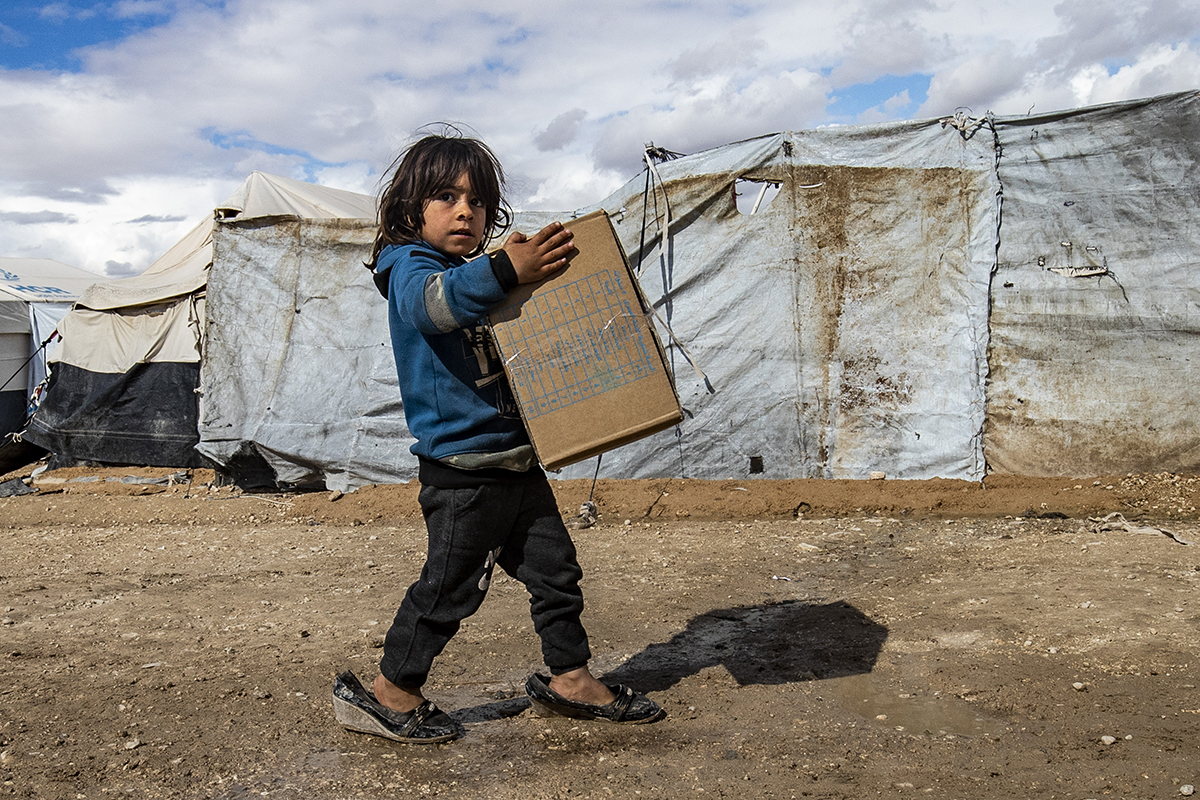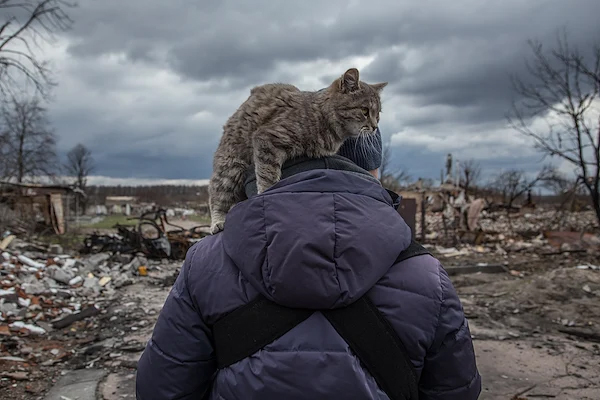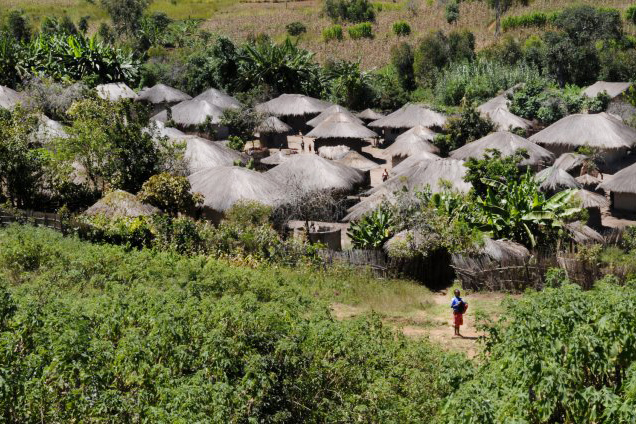Find out more in
Poverty severely impacts childhood, endangering children's lives, health, and development while denying their fundamental rights. Today's children face crises like conflict and climate change, exacerbating their suffering. While monetary poverty is critical, it only tells part of the story; many children experience deprivations in housing, nutrition, sanitation, education, and healthcare. This multifaceted poverty leads to poor health outcomes, limited learning opportunities, and bleak future prospects. Ultimately, poverty threatens societal stability and economic growth, fostering conditions conducive to violence and extremism. Urgent action is needed to address these issues.
In a world where the shadows of inequality loom large, the Multidimensional Poverty Index illuminates the complex tapestry of acute poverty affecting over 100 developing nations. The latest report examines climate hazards impacting 1.1 billion multidimensionally poor people, with 43.6% living in severe poverty, meaning they are deprived of 50 percent or more of the necessities of a dignified life. Children are disproportionately affected, with 27.8% facing multidimensional poverty, representing over half of the total. Most of the poor reside in countries with low or medium human development, with significant numbers in sub-Saharan Africa and South Asia. Notably, poverty also persists in middle-income countries, affecting millions.
The International Day for the Eradication of Poverty, marked on October 17, reminds us that ending poverty means ensuring dignity, justice, and inclusion, not just income. In 2025, the focus is on ending social and institutional maltreatment by ensuring respect and effective support for families. Too often, families in poverty face stigma and harmful systems that punish rather than help, leading to fear, mistrust, and even separation. This year’s theme calls for a shift from control to care, surveillance to support, and top-down to co-created solutions.
Nelson Mandela’s life showed how one person can turn oppression into unity and justice. His legacy compels us to renew our global commitment to peace, dignity, and equality. This year’s theme highlights that ending poverty and inequality is still in our hands. Mandela believed in grassroots action and the power of communities to drive change. His life continues to inspire the UN as it marks its 80th anniversary. On Mandela Day, we ask people around the world to take action and make a difference in their communities. Let us honour his commitment to freedom, justice, and human rights today and always.
Eradicating poverty is more than a goal; it’s a moral duty. The UN envisions a world where poverty becomes a relic of the past—a vision central to the 2030 Agenda’s first Sustainable Development Goal. From 1990 to 2014, remarkable progress lifted over a billion people from extreme poverty. Yet, setbacks in 2020 forced 71 million back into hardship, revealing the fragility of those gains. The UN urges courage and compassion in building inclusive strategies, directing resources where they are needed most, and turning hope and opportunity into universal rights—not fleeting privileges for the few.
A UN Trade and Development report highlights the rising global hunger crisis, urging urgent action and emphasizing how trade can stabilize food systems and reduce vulnerabilities.
We may think we understand the concept of poverty, but poverty is very complex and has far-reaching effects. It negatively impacts education, economies, and the overall health and well-being of individuals and the communities they live in. By fully understanding the meaning of poverty, we can develop more effective measures to fight it and build a better future for all of humanity. By 2025, the United Nations Development Programme (UNDP) aims to help 100 million people escape multidimensional poverty so they can reach their full potential.
“Ending poverty in all its forms everywhere” – the overarching goal of the 2030 Agenda for Sustainable Development – reflects a growing consensus on the need to consider other dimensions, beyond monetary ones, when thinking about poverty. This year's theme for the International Day for the Eradication of Poverty (17 October) is about ending social and institutional maltreatment and Acting Together for just, peaceful and inclusive societies. Social and institutional maltreatment is a catastrophic loss of human potential to society.
This year's International Day for the Eradication of Poverty, celebrated annually on October 17th, aims to promote understanding and dialogue between people living in poverty and the wider society. It also calls for universal access to decent work and social protection to uphold human dignity and emphasizes that work must empower people, provide fair wages and safe working conditions, and recognize the value and humanity of all workers. Universal social protection is also urgently needed to guarantee income security for everyone, prioritizing society's most vulnerable members.
The world is at a crossroad, does it reposnd to crisis after crisis or invest in a structural change for a stronger, more sustainable future? Global crises have exposed how inadequate our resources are to prevent future emergencies. With 4 in 5 of the world’s poorest people living in rural areas, the road to a resilient future runs through rural communities. IFAD is investing in rural people for a sustainable future. By making the right choices and the right investments now, a new day—and a better future—is possible.
Dignity is not only a fundamental right, it also constitutes the basis of all other fundamental rights. Today, many people living in persistent poverty experience their dignity being denied and disrespected. Poverty and inequality are not inevitable. They are the result of deliberate decisions or inaction that disempower the poorest and marginalized in our societies and violate their fundamental rights. This year marks the 30th anniversary of the International Day for the Eradication of Poverty. This Day recognizes the global solidarity and shared responsibility needed to eradicate poverty.
The devastating consequences of the war in Ukraine have spread far beyond the region’s borders. Fuel and food prices are skyrocketing. Initially, wheat prices went up by 62 percent, although they have fallen slightly. The slight decline in commodity prices has not meant lower inflation, which continues to accelerate. A recent UNDP report states 71 million people have already fallen into poverty in just three months—a rate much faster than during the pandemic. The Balkans, Caspian Sea, and sub-Saharan Africa Sahel are particularly affected.
In December of 2021, FAO published a report that introduced an innovative way of measuring poverty in rural areas, where the majority of the world's less well-off live, but for which reliable and harmonized data is difficult to come by. The idea is that a more precise identification of who the extreme poor are can help decision-makers shape more accurate policies to tackle rural poverty and hunger. This so-called Rural Multidimensional Poverty Index (R-MPI) was built on the widely accepted notion that household income alone does not fully capture a person's wellbeing.
The COVID-19 pandemic is a stark reminder that poverty isn’t just about income. Within and across countries, poor and marginalized communities are disproportionately affected by the pandemic in terms of infection rates, economic losses and access to vaccines and other health care imperatives. Understanding the multidimensional nature of poverty can help us design a more resilient recovery that leaves no one behind. And UNDP’s Multidimensional Poverty Index (MPI) gives us a critical tool to measure and monitor poverty in all its forms.

